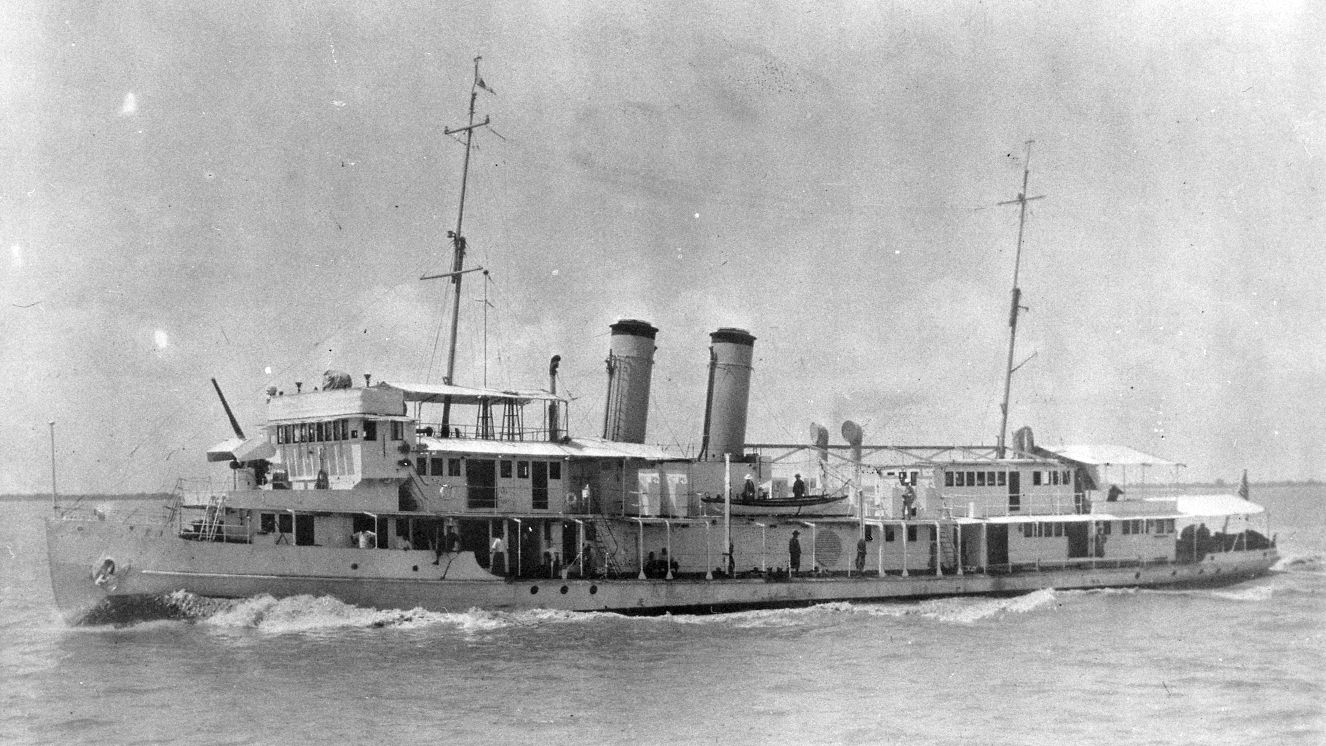DISCIPLINED WITH DEATH: THE DISTURBING HISTORY OF MILITARY FRAGGING

Throughout the history of mankind, there have been plenty of different punishments. Everything from torture to timeout in the corner has been used to discipline or punish groups of people. The same goes for finding ways to kill people while at war. Where this overlaps is the unfortunate act of fragging. Less of punishment or accident and more of a war crime, the definition of fragging may not always use the weapon that gave it its namesake, but it is always just as cruel. Read next:Feeling Nostalgic in the Military Was Once an Actual Death Sentence
What Is Fragging?
Fragging is when someone in the armed forces kills another person on their own side. The term was coined due to the use of frag grenades to commit murders against friendly forces in Vietnam. For example, the most popular method was to throw a grenade inside a target’s tent and have it explode. This action has been used to kill rivals, punish troops, dispose of leadership, commit terrorism, and more. The intent was to kill your target but also make it seem like an accident. Obviously, this was and still is hard to accomplish as forensics continues to evolve. Again, while frags may have gifted the term, history is filled with such incidents with different weapons, although examples from modern times have had a tremendous influence on the U.S. military.
Murder in Vietnam
Vietnam fragging incidents weren’t just a one- or two-time ordeal. It became a serious problem, altered the way the war was fought, and continues to have an influence on our military’s entire structure today. Fragging in ‘Nam would see 730 incidents come to life, with some estimates claiming numbers reaching over 1,000 incidents. This would cause a variety of problems in the military, such as:
- A distrust among troops and leadership.
- Disorder and a lack of discipline taking over some units.
- Illegal activities, such as drug use, getting a blind eye from superiors.
- Missions needing to be negotiated rather than ordered to some troops for fear of retaliation.
Ultimately, fragging in Vietnam is often viewed as one of if not the biggest influences in turning the U.S. military into a voluntary force rather than using conscription. It would also make weapons less accessible to troops as a result. It’s also likely that drug policies in the U.S. military continue to be so strict due to fragging. While it’s obviously never a good idea to have a branch of the military under the influence while on the battlefield, drugs were a central theme to fragging in Vietnam. Not only did most incidents involve someone under the influence, but they also involved disposing of those who were enforcing anti-drug policies. Hence why some superiors took to constantly change their sleeping arrangements and let some drug use slide.
Fragging Isn’t Friendly Fire
In recent world news, mutinous Russian troops ran over their own commander, proving that fragging isn’t just a problem from the past, nor strictly American. This action isn’t an accidental attack but rather an intentional form of turning against those you’re fighting with. War puts mankind in some of the worst conditions imaginable and then demands that they act somewhat civilized. While there isn’t any excuse for the deliberate murder of someone you’ve sworn to protect, many who have fragged others have had strong feelings about their own treatment and well-being. Regardless, fragging betrays the very foundation of the U.S. military. This is among dark pages in our military’s history books, but nonetheless, it's a very influential subject still affecting the way we fight today. Suggested read:National Vietnam Veterans Day 2022: Venerating Vietnam Vets
BY BUDDY BLOUIN
Buddy Blouin is a Contributing Writer at VeteranLife.com
Buddy Blouin is a Contributing Writer at VeteranLife.com



